Life is a creative act.
Contrary to a long, popularly-held belief that humans should specialize in one field of expertise, studies indicate that those most flexible, adaptable, and creative have a variety of passionate interests. There are many ways to explore our relationship to the creative life.
Creativity provides new responses to stale patterns and habits. It is critical to our capacity to evolve. The decisions we make about whether we’re great or not are usually made when we’re children. If at one time we decided or were told we weren’t any good at a particular way of expressing ourselves can all too often mean spending the rest of our lives hovering beside the walls of what we deem acceptable, looking at others to determine our worth, coloring our lives within the lines, and no longer exploring how to rely on what has been referred to as “the still small voice within.” Whatever creative practice we take on is less about the medium and more about the message. Exercising our creative potential is a practice of learning how to listen within.
Have you heard the phrase, “the path is made by walking”? The creative life is also a practice of vulnerability and courage. We owe it to human evolution to participate wholeheartedly.
What I have learned about creativity:
- Make space. Create an environment that invites creativity, whether it is a room or even a corner of a room. Set up a place that inspires creation in your given medium. Make it a space that invites inspiration.
- Create consistency. If you write, write daily. If you paint, paint daily, even if some days extraordinarily little seems to happen. The creative life likes to be nurtured. And birds that are nurtured eventually learn to fly. With consistency, you will find that your creative life has a life of its own. Respect and care for your creative life as you would care for your child, and it will take care of you in other areas of your life when you need it most.
- Eyes wide open. Keep your eyes open for inspiration. Deliberately expose yourself to information outside your chosen area of creativity.
- Play. Researchers have found that children who use their imagination well during creative play are better able to cope with stress later in life. The processes that occur in pretend play are important processes because they relate to adaptive functioning in children. To encourage freedom of thought, spend time with young children.
- Travel (when there isn’t a pandemic). One key to living more creatively is to view life from a new perspective, thus widening the lens through which we experience ourselves and the world around us. Every culture provides a unique way of looking at common situations and solving common problems. Take photographs and document your journey, visually and in writing. And if you can’t travel, read books, explore, break your traditional media habits. I’m currently reading a series of articles in the New York Times on the Silk Road that includes places I sure hope to see someday.
- Move, and, better yet, move consciously (where breath, body, and mind move together). Regular physical activity allows the frontal lobe of the brain to rest and reset. The subconscious mind has time to digest information. When the mind turns away from a question at hand and relaxes, space is made for spontaneous solutions.
- Listen. An auditory environment can be conducive to the proliferation of new ideas. Experiment with musical styles for which you are not unaccustomed. Listen to viewpoints outside your local sphere. Listen like you are walking around in their shoes.
- Take action. Ram Dass says, “Words are birds.” Elizabeth Gilbert, in her book, Big Magic, suggests that like words, ideas have a life of their own, and, like thoughts, they like to be captured by someone. If not you, someone else.
- Courage and vulnerability are our friends. Meditation cultivates the capacity to listen to the “still small voice within.” So does the creative life. Cultivate the courage to explore new ideas. Don’t wait. Have you heard about Joseph Goldstein’s mindfulness-based practice to act on every generous thought you have? When the lightbulb goes off, and you have a new thought, act on it, and your life will consistently be a creative adventure.
- How do you experience your creative life? Send me a message. I’d love to know.

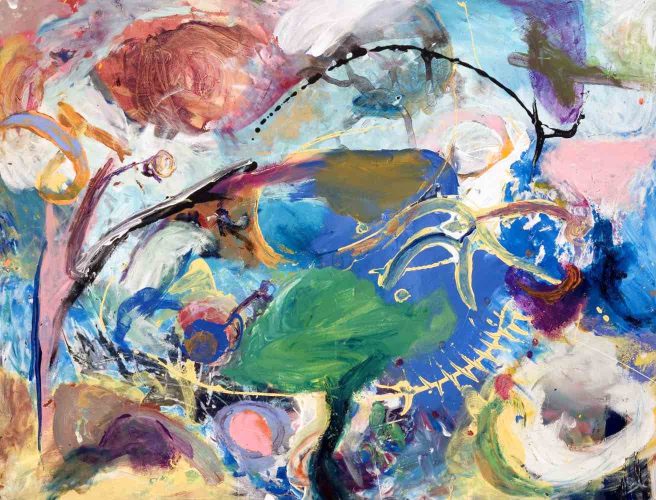







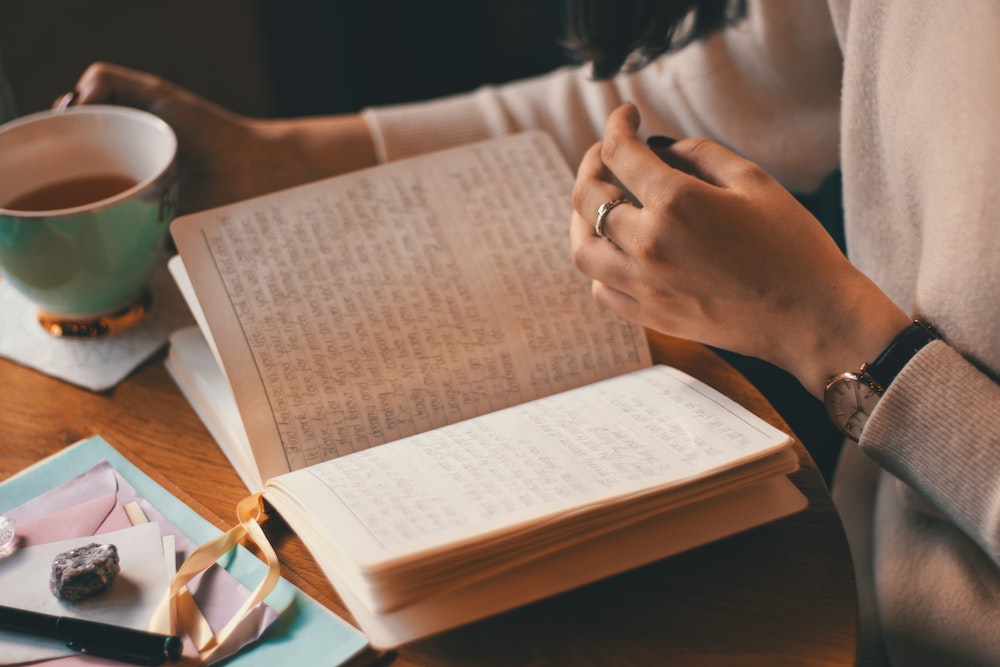
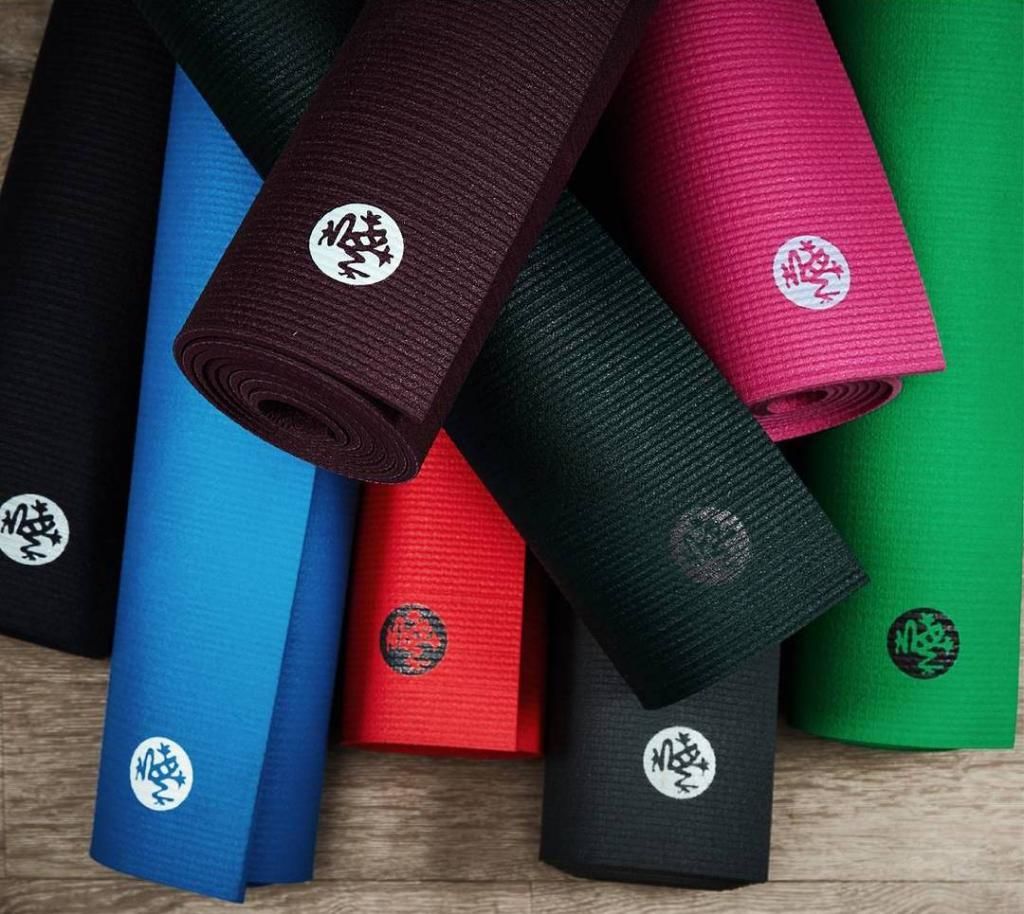
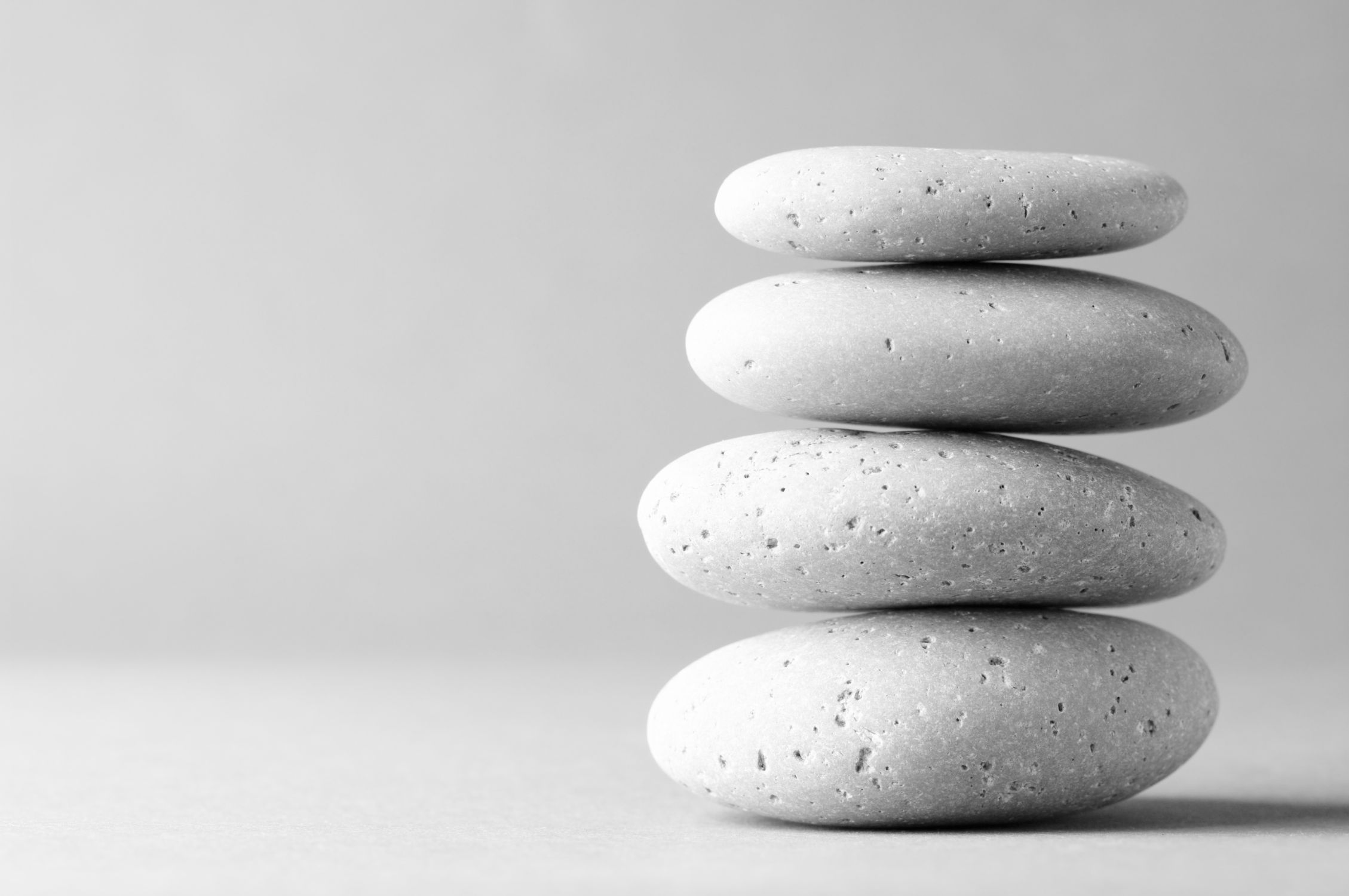
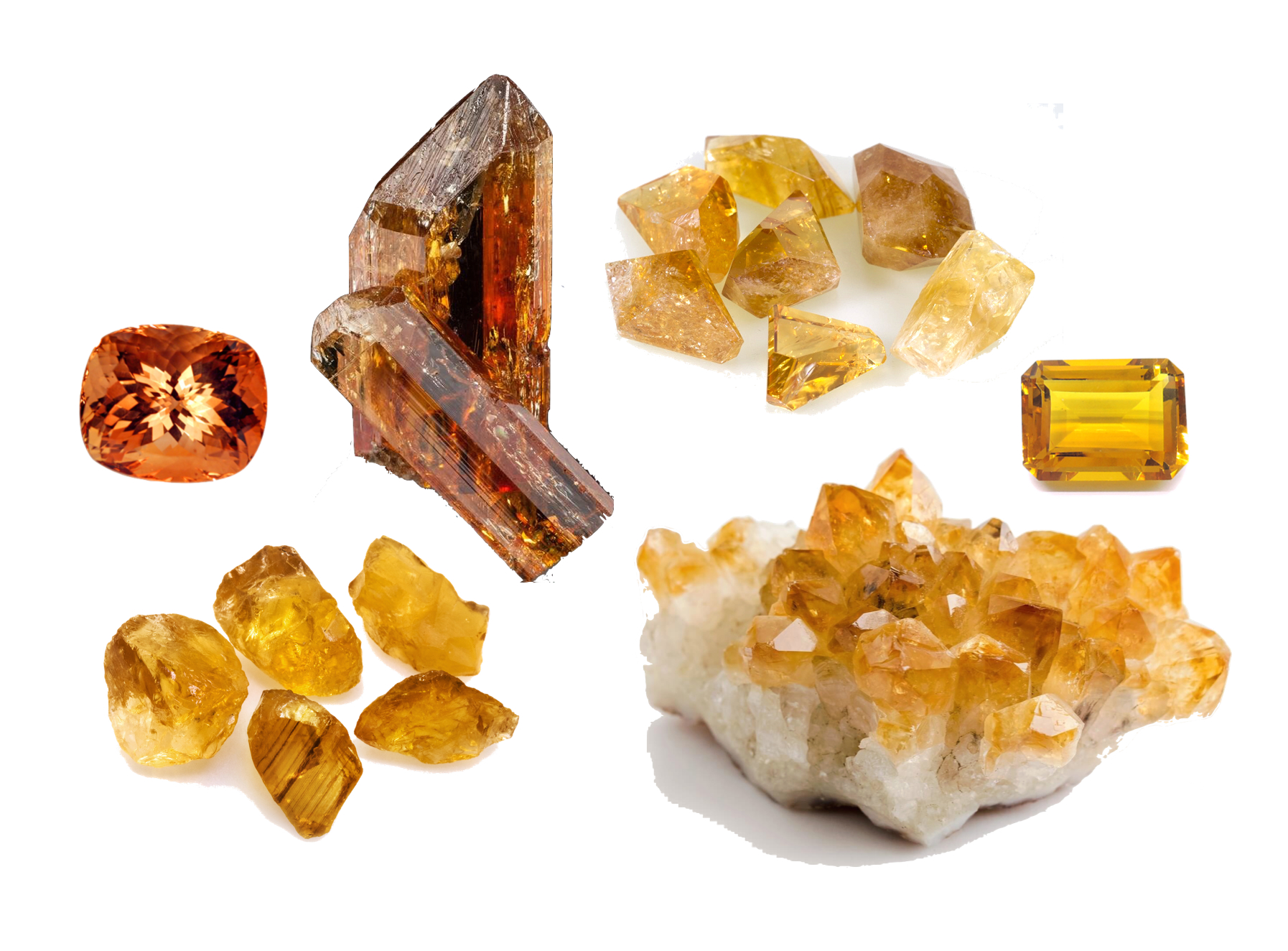

One reply on “10 Ways to Act on Your Potential”
I’m taking an “art class” though it’s more of a support group really. Our Teacher or guide never talks about the results or end product, she doesn’t care. It’s based 100% on process. She looks into your eyes, not at our paintings and asks how we feel about the color we’ve chosen, the shapes etc.. Our goal is to let the sub conscious bring up and out our experience, true essence and subliminal selves. Art as a medium for therapy-WOW! It’s been many years since I’ve picked up a paint brush, and I’m far from free, still controlled, transitioning out of what’s deemed pretty, or societally good and into what’s freeing and expressive just for me.
My Teacher asks these things…
1) are you engaged?
2) Is there aliveness?
3) Is there energy?
and my favorite 1st Question on each of our Wednesday meetings… “what was your moment of most aliveness?”
I just finished Elizabeth Gilbert’s Big Magic and today I’m going right back to page 1 to start over. It’s radically inspirational and has given me permission to live a more creative life without expecting to quit my day job! ; )
ABC